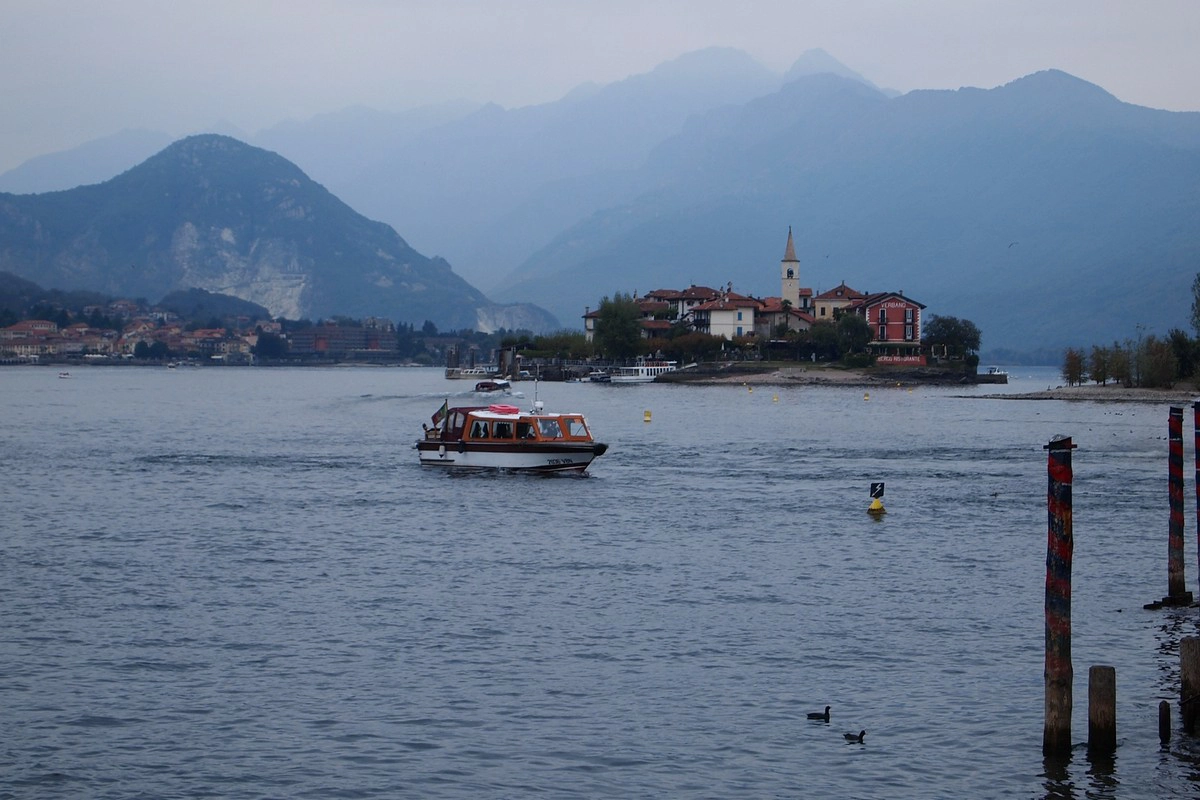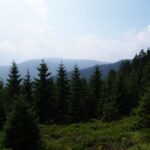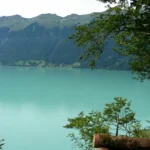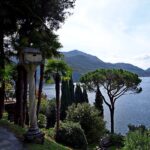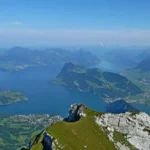Last Updated on 28/09/2023
Lake Maggiore justifies its name (“big”) – it is an infinitely long lake, a trip along which either by car or by ship seems endless long. The most beautiful parts of the lake are near Stresa (the Borromean Gulf) in the Italian part and the northern end of the lake around Ascona.
I would not recommend exploring the lake completely at one time: the roads are narrow, it takes a long time to drive. Lake Maggiore (Lago Maggiore) is inferior to other lakes in the beauty of its shores. It is elongated, the banks are rather monotonous.
It is better to spend two holidays on the lake: one on the Italian part, the other on the Swiss one, and not try to mix them.
However if you like long trips and have plenty of time, you can spend one day on a circular route: by boat on Lake Maggiore to the northern end, then by train along the Centovalli Valley to Domodossola and back by train. There is a special ticket for this route.
In this post there are Lake Maggiore attractions in Italy. Other attractions including map of attractions of the west shore you can find in the posts about swiss part.
Lake Lugano and Lake Maggiore west shore attractions map
Centovalli Railway
Ticino attractions map. Locarno, Bellinzona and valleys
Ticino guest cards and public transport Ticino
Lake Lugano. 2. Lugano, Gandria, Melide, Carona
Lake Maggiore. Locarno and Ascona
Ascona / Locarno. 2. Island Brissago
Where to stay
For tourists without a car, in my opinion, it is better to stay on the Italian part in Stresa (3) or Baveno (6), as there is a railway there. Another option on the other side is Laveno (10, train station and ferry to the opposite side).
The option with Verbania (Intra 8, Pallanza 7) is less convenient without car, since you will have to get to the station by bus or ferry.
And it’s not at all worth going further towards Switzerland, since buses run rarely and finish working early, and ships also run infrequently, and besides, for a very long time.
Lake Maggiore Attractions
I will describe the sights starting from the southern end of the lake.
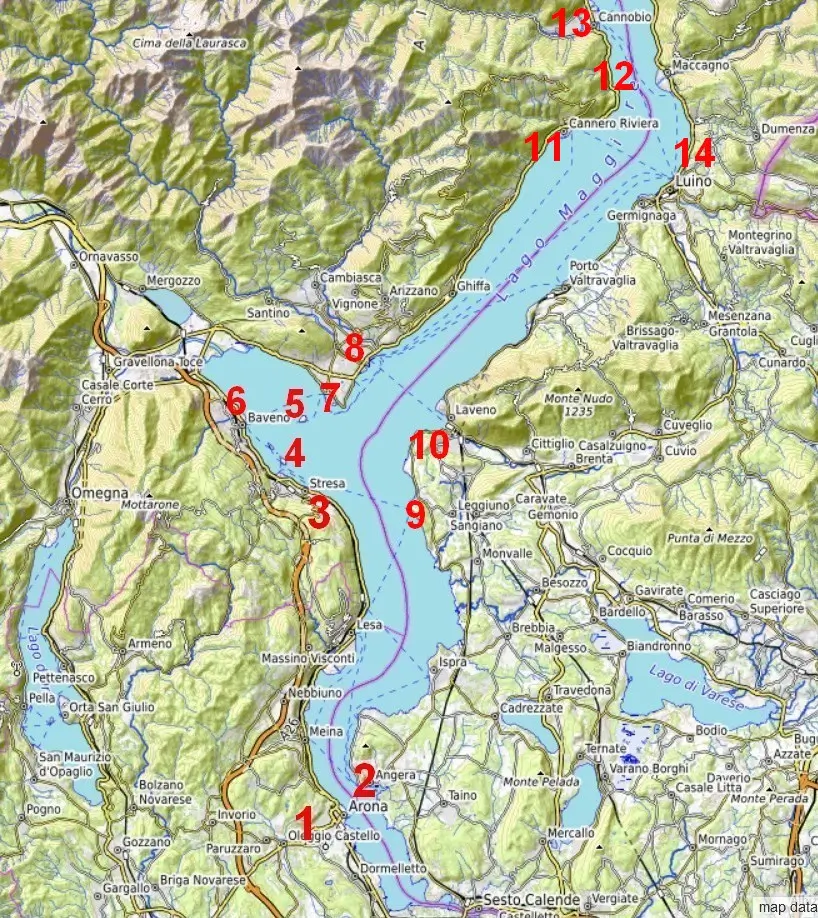
1. Arona
How to get there. West shore. Railway
Arona is a small tourist town. Its main attractions are the churches of the 15th-16th centuries, the promenade overlooking the castle in Angera opposite, across the lake, and the park on the site of the fortress, where Cardinal Carlo Borromeo, who was later recognized as a saint, was born.
The giant statue of this saint (San Carlone), the patron saint of the lake, is set 3 km from the center of Arona (towards Stresa). You can get there on foot or by wheeled tourist train. The statue stands on a 12-meter pedestal, and itself has a height of almost 24 meters. It was made in the 17th century from bronze and copper. Inside the statue there is a staircase that leads almost to the very top. There are windows at the top.
2. Rocco Borromeo, Angera
How to get there. East shore.
Train to Arona, then ship.
Or from Varese through Ispra and Ranco bus 20.
Or from train station Sesta Calende bus 20
Or 2.5 km walk (taxi) from Angera/Taino train station
The medieval castle-fortress Rocco Borromeo was bought from the Visconti by its current owners, the Borromeo family, in 1449. The Borromeo family in the middle of the 15th century grew to the aristocracy, so, of course, needed a castle.
It is well preserved – for example, you can see frescoes of the 13th century there. As an additional exposition, a collection of dolls, one of the largest in Europe, is exhibited here.
3. Stresa
How to get there. West shore. Railway.
Stresa is the most known of the cities in the Italian part of Lake Maggiore. The first villas began to be built here already in the 18th century, but a real tourist boom began after the opening of the Simplon Tunnel and the construction of a railway line. International trains, including the Orient Express, stopped at Stresa. Artists, writers, representatives of the European nobility rested here: the King of Württemberg, the Duchess of Genoa, English monarchs, Elizabeth of Saxony, Dickens, Flaubert, Stendhal …
At the entrance to Stresa from Arona is Villa Pallavicino (Parco della Villa Pallavicino). This is a zoo with not too many animals and a botanical park. E.g. monkeys, parrots, nandu, pelicans, flamingos, eagle owls, deer, kangaroos, llamas are represented. The villa itself was built in the middle of the 19th century and closed to the public.
On the other side of the city, from the Lido pier, there was a cable car lifted up Mount Mottarone (1491 m). The cable car tragically broke in 2021 and is unlikely to function in the coming years (at all?)
Those who want to go up by car should keep in mind that the section of the road to the top was laid by the Borromeans as early as the 15th century and for such a time-tested service they charge a fee (10 euros per car, 2023). Climbing the mountain from Orta lake (from the other side) is free.
From the top you can see 7 lakes: Lake Maggiore, Lake Orta, Mergozzo, Varese and other smaller ones.
There is also a coaster Alpyland opened in 2010. Link
At the former intermediate station of the cable car, you can visit the Alpine Botanical Garden.
Well, let’s not forget, of course, that the main object of excursions from Stresa are the islands of Bella and Pescatori.
View of the southern part of the Borromean Gulf. Stresa on the right. To the south, the mountains are much lower. The photos are mostly in brown shades, even though it was the middle of the day. But the weather was like this: a gray day without light.
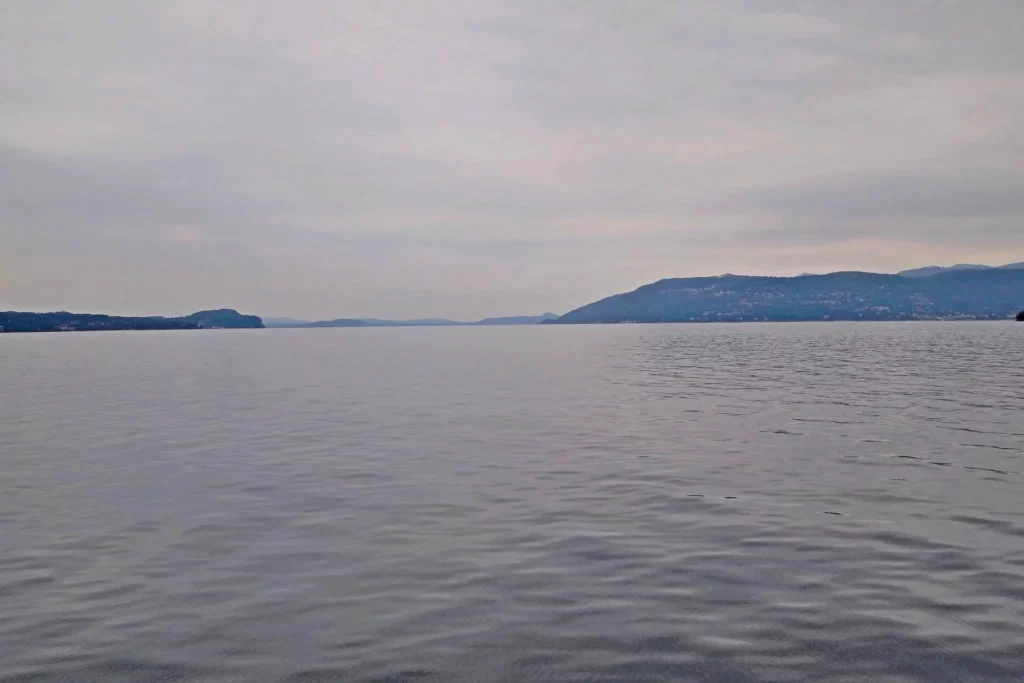

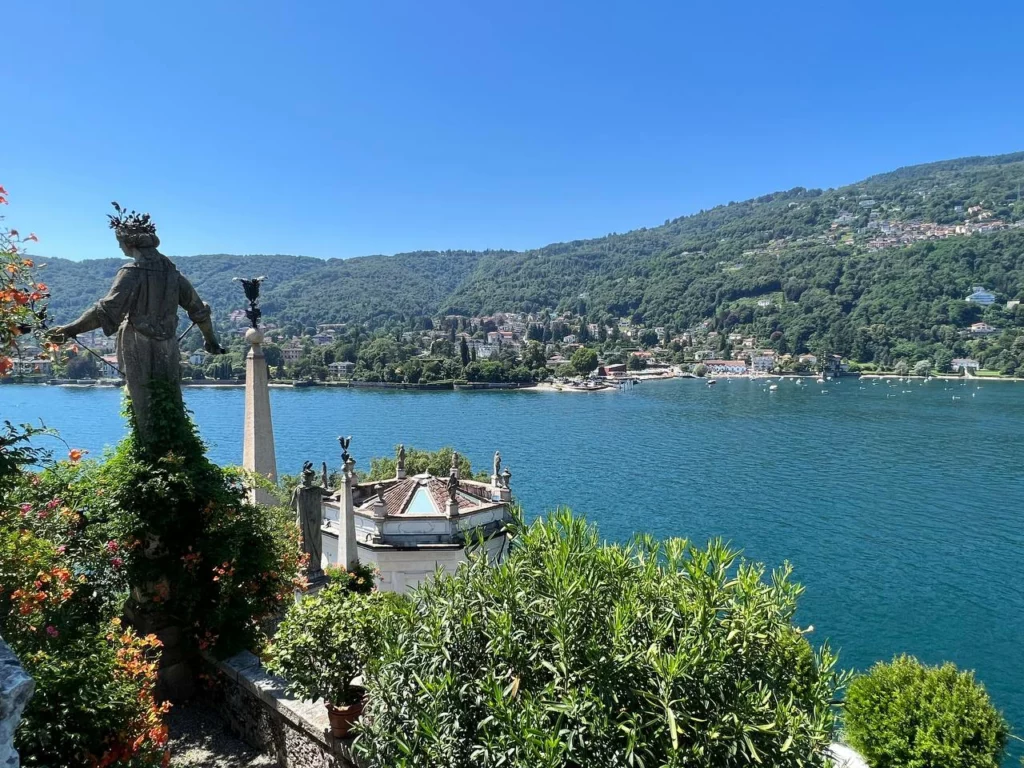
4. Borromean Islands: Bella island, Pescatori island and 5. Madre island
How to get there. By water scheduled transport from many piers on the lake.
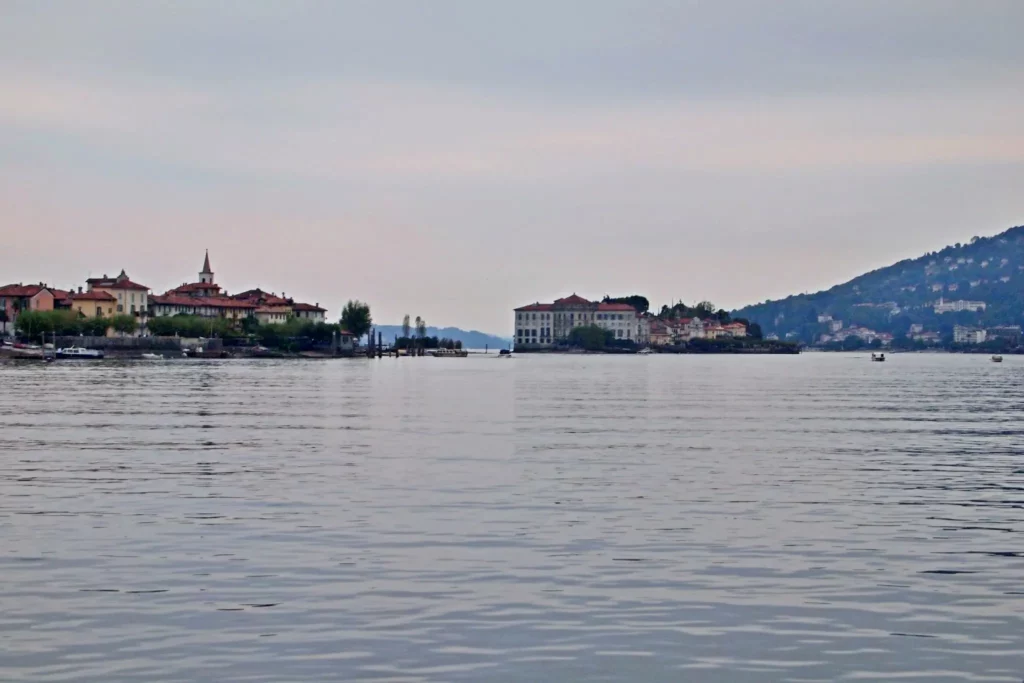
Bella Island (Isola Bella)
Bella Island used to be a rocky island with fishermen’s houses.
In the middle of the 17th century the Borromeo family gradually bought up the land on the Bella island, piece by piece. A terraced garden was laid out and a baroque palace was built. Work on the creation of the palace lasted until the end of the 17th century, and the large salon remained unfinished until 1958.
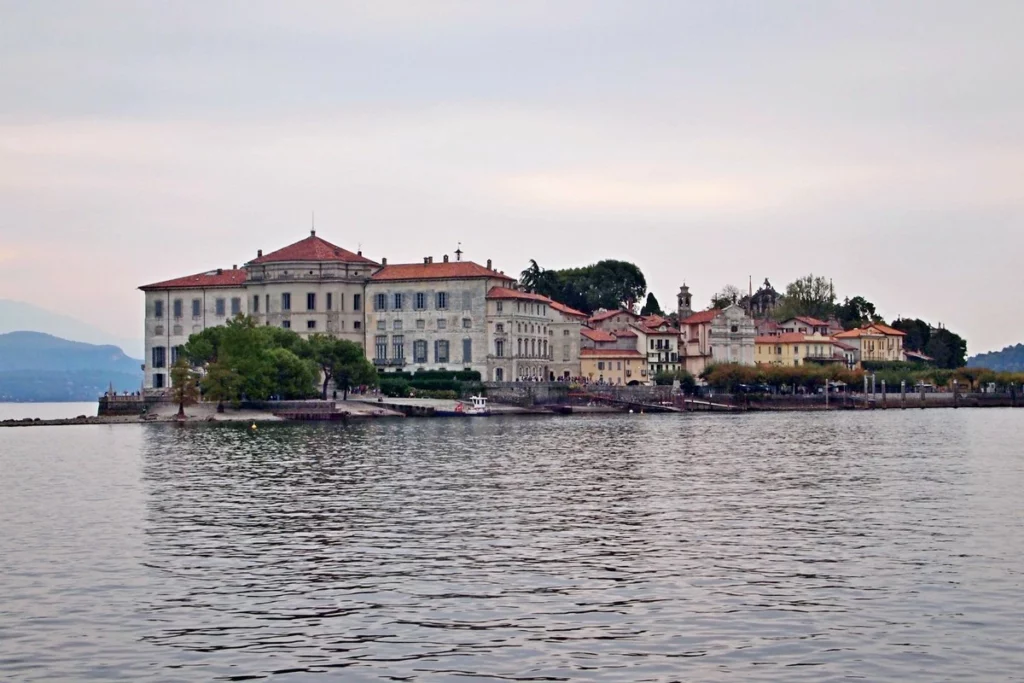
It is better to visit the island during the season as early as possible in the morning, preferably in the first hour after opening or in rainy weather. We were on the island at the beginning of September in the afternoon and there were quite a lot of people. I think that in the summer season there should be a real “crowded”.


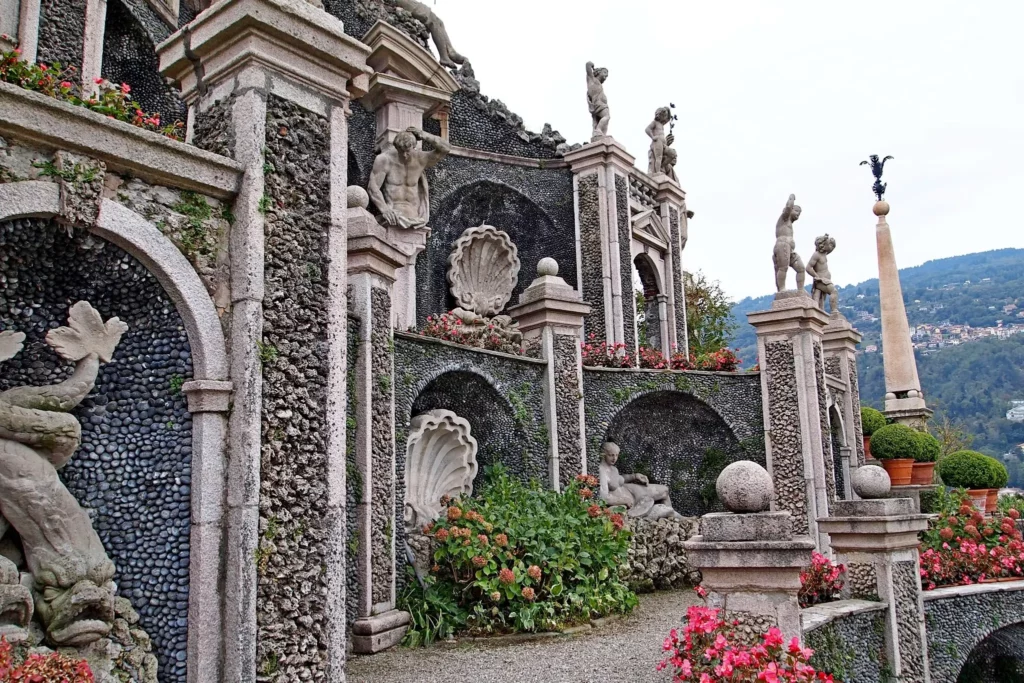

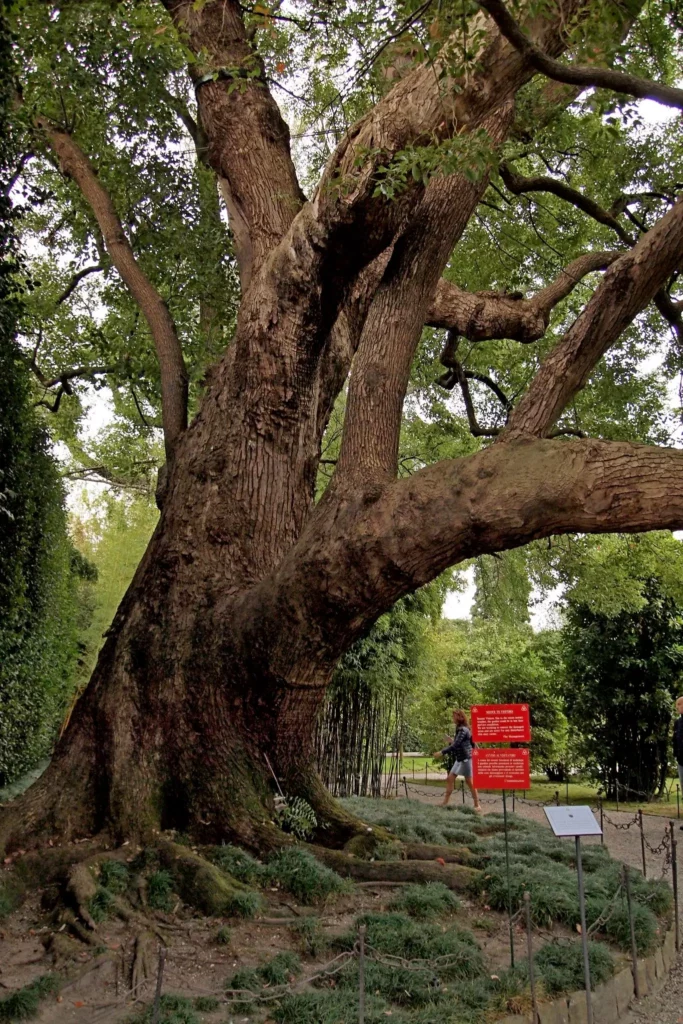
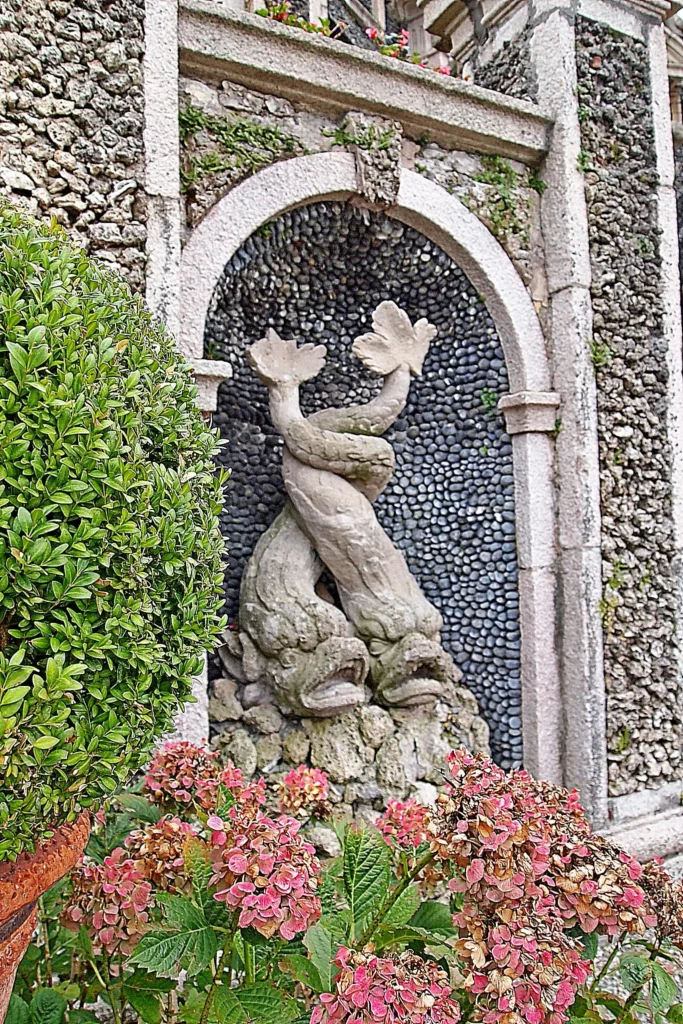


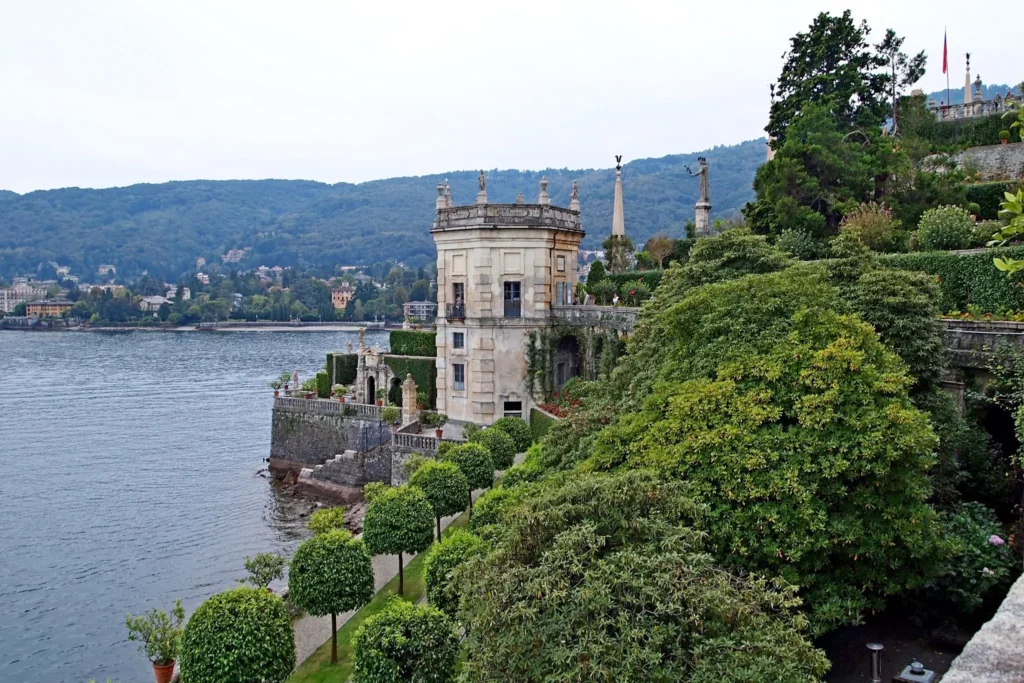
I will not list the names of the architects and artists who created the palace – most of their names will not say anything. I would rate both the palace and the park at 4 stars from 5. There is something to see, but at the same time without excessive delight. Personally, I was most delighted with a lonely chair overlooking the lake and mountains.
A special attraction of the park are white peacocks. If you are very lucky, you can see them with their tails open.

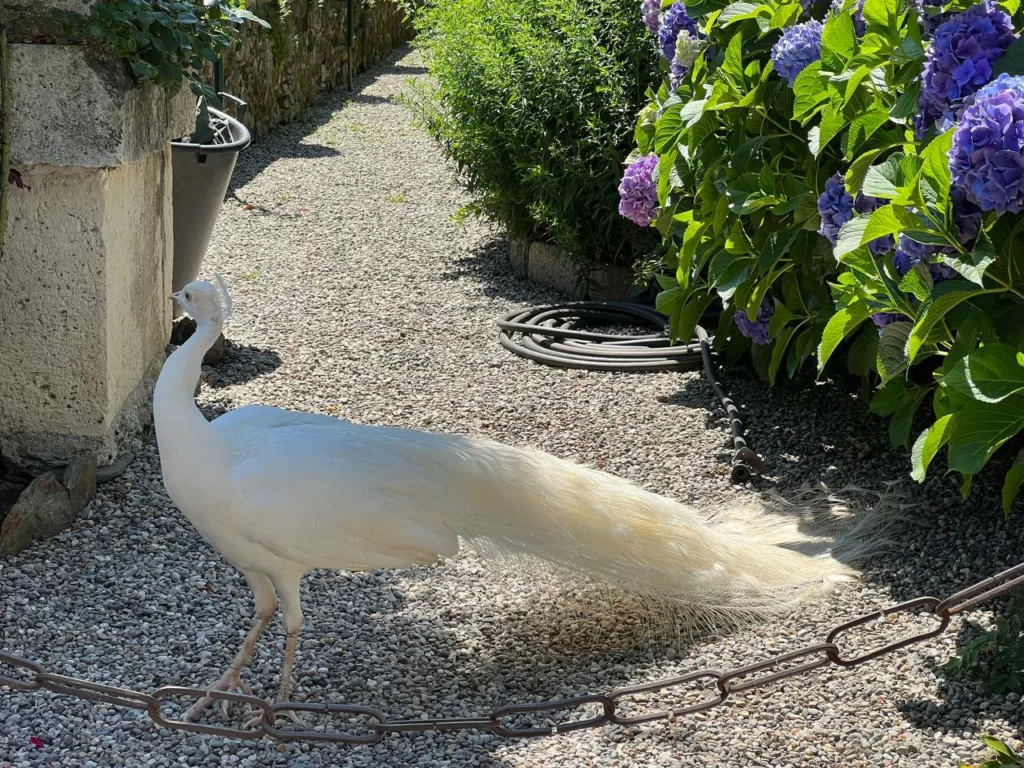
Pescatori island (Isola dei Pescatori / Isola Superiore)
Fishermen’s (Pescatori) Island is a very small island, a place popular with artists and writers, which attracted them with its “authenticity”.
Now everything here is subordinated to mass tourism – hotels, restaurants, souvenir shops. However, you will find picturesque narrow streets and fishermen’s houses here.
Church on the island dedicated to St. Vittore, dates from the beginning of the 12th century, but was rebuilt in the Baroque style.
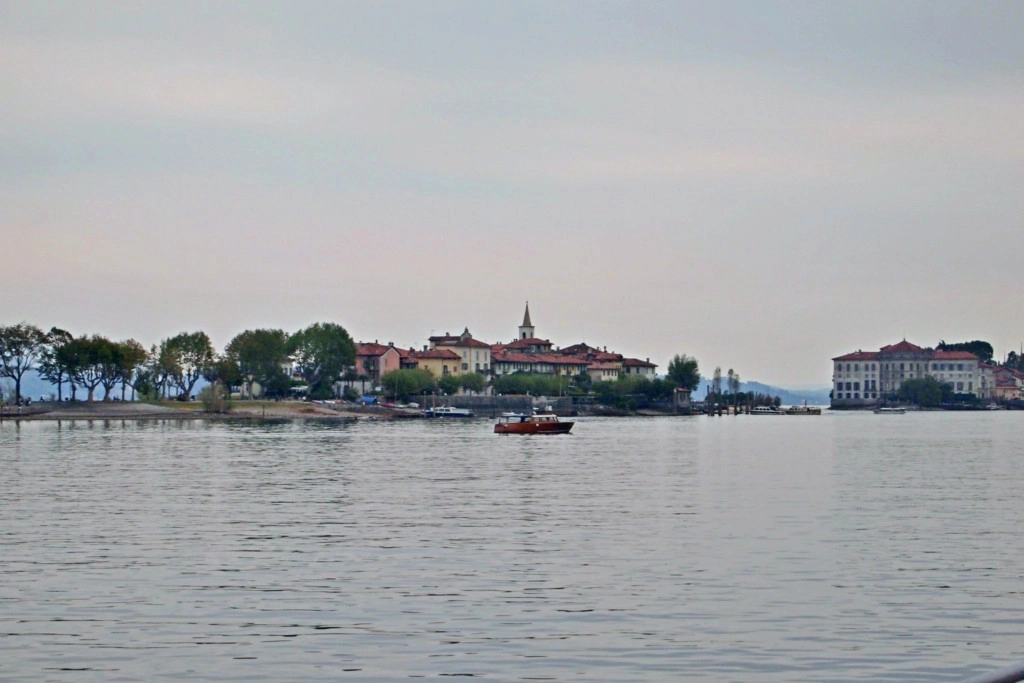
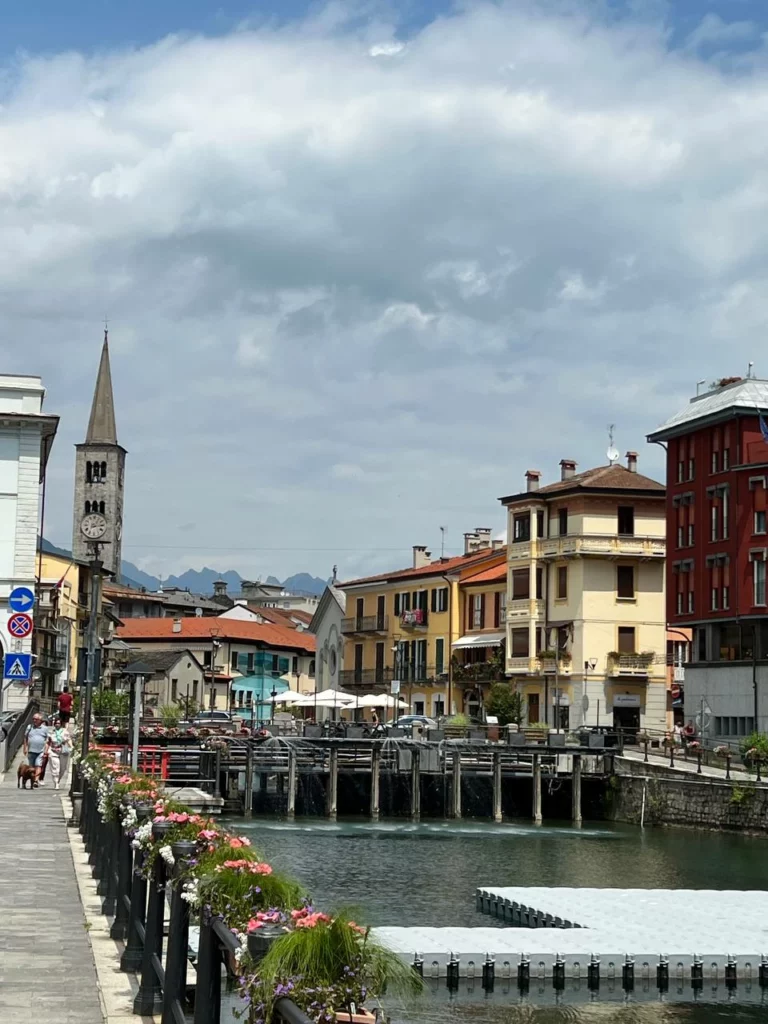
Madre Island (Isola Madre)
Madre Island is the largest and least visited of the Borromean Islands. It came into the possession of the Borromeo family in the 16th century.
There is a small villa with a collection of puppets, and the rest of the space is occupied by a landscape park, which is most interesting in the spring, during the flowering period. Peacocks and pheasants roam the park.
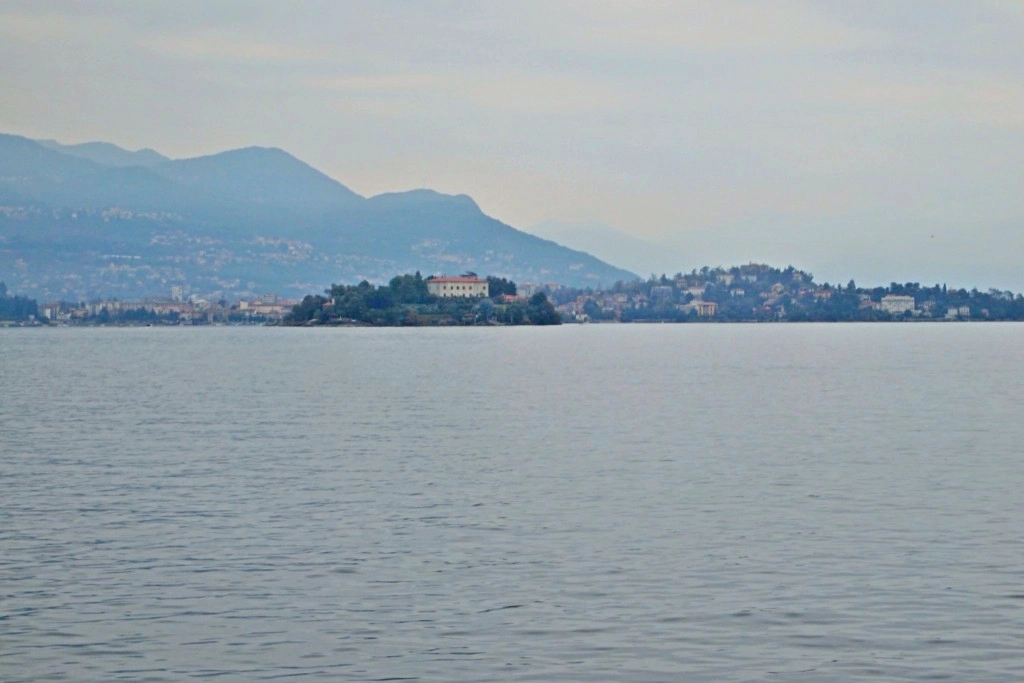


6. Baveno
How to get ther. West shore. Train
A small pretty town was also a favorite vacation spot for famous people, such as Queen Victoria, the Dutch Queen, Churchill, Wagner.
Its attraction is the church of the 12th century and a baptistery with frescoes from the 14th-15th centuries. On the outskirts of the city (towards Verbania) there is an amusement park that combines a ropes course, a sports park and a swimming pool with 3 slides.


Verbania
West shore
Train to Verbania-Pallanza station, then by bus 1 (8 km).
Or train to Laveno, then ferry
Verbania is an artificial union of several towns (Suna, Pallanza, Intra, Fondotoce and a few more further from the shore), created in 1939. But the city is still not felt as something whole: the towns have their own territories and their own character.
Suna and Pallanza face south into the Borromean Gulf.
Pallanza is a larger settlement, the administrative center.
Intra is located further north and faces east towards Laveno on the opposite bank, to which it is connected by ferry.
7. Pallanza and Villa Taranto
It has a “resort” character. The main road runs a little away from the embankment and the center, so it is quiet here, you can walk along the embankment with pleasure. The main attractions are the nearby Madre Island and Villa Taranto.
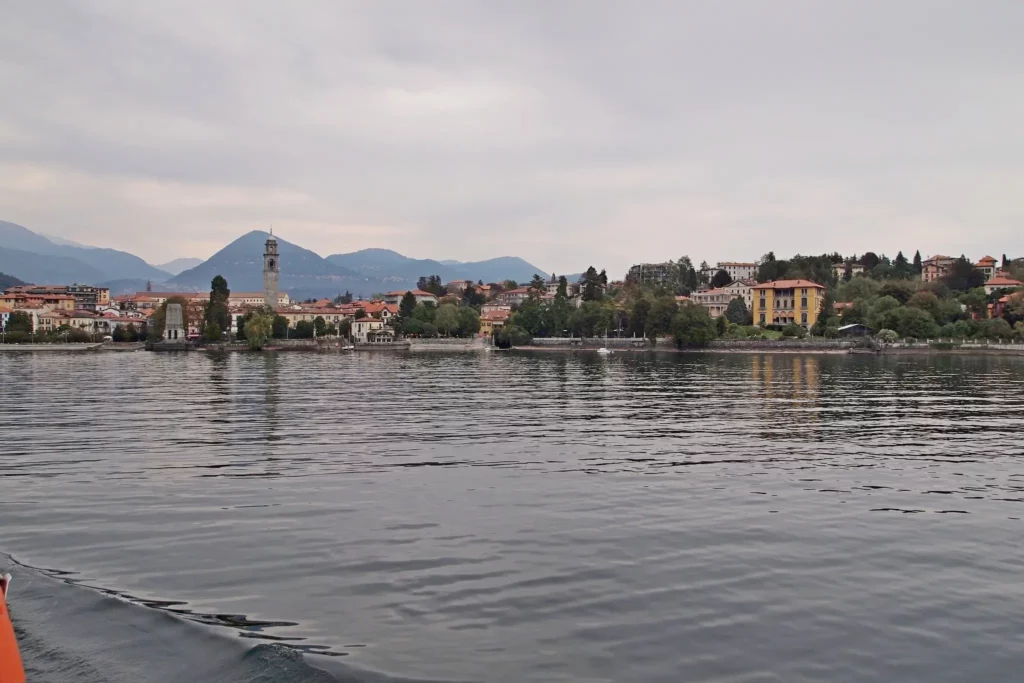

Villa Taranto
The Botanical Garden of Villa Taranto (Giardini Botanici Villa Taranto) is one of the best botanical gardens in Italy. You can get to it on foot from Intra or Pallanza, by bus from the Verbania railway station, by water (the villa has its own pier where regular ships stop).
The villa was bought by Captain Neil McEacharn in 1931 and turned into a botanical garden. It took him 7 years to change the landscape, to carry out an irrigation system. I’d like to note that the Italian lakes are lucky for enthusiastic gardeners. And in order to properly enjoy their creations, you need to come to the lakes repeatedly and at different times of the year.
At Villa Taranto, you can find an extensive collection of exotic plants, including the Amazonian lily and lotuses, dahlias and lilies.

The villa building itself is used by the provincial prefecture and is closed to the public.

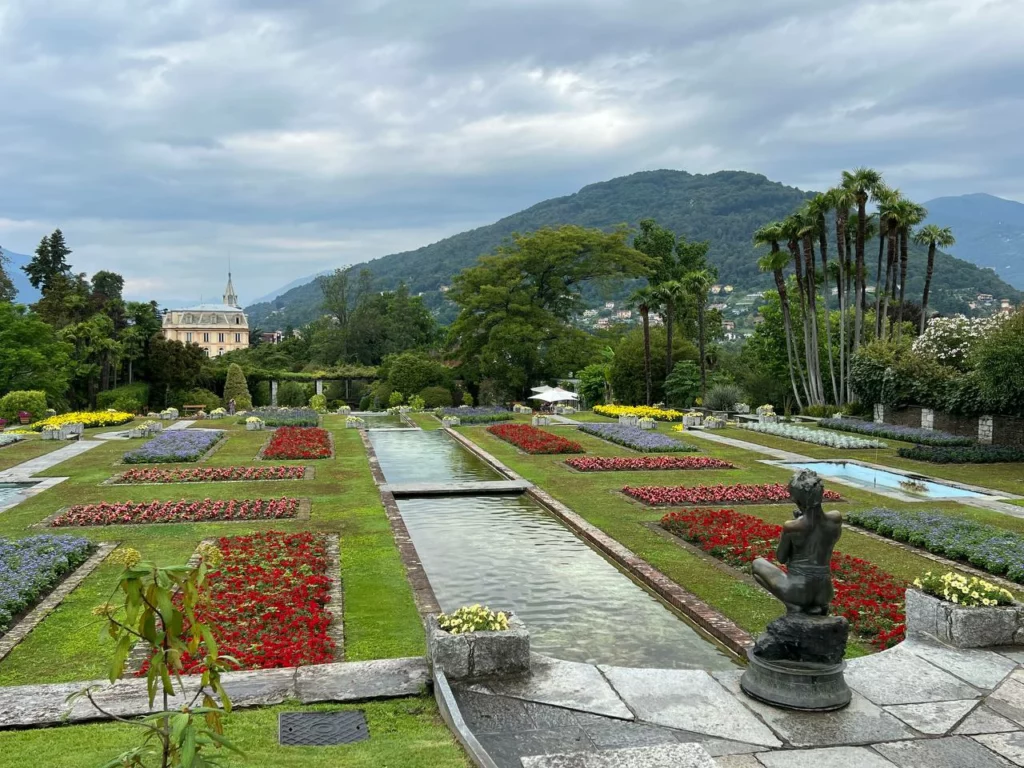
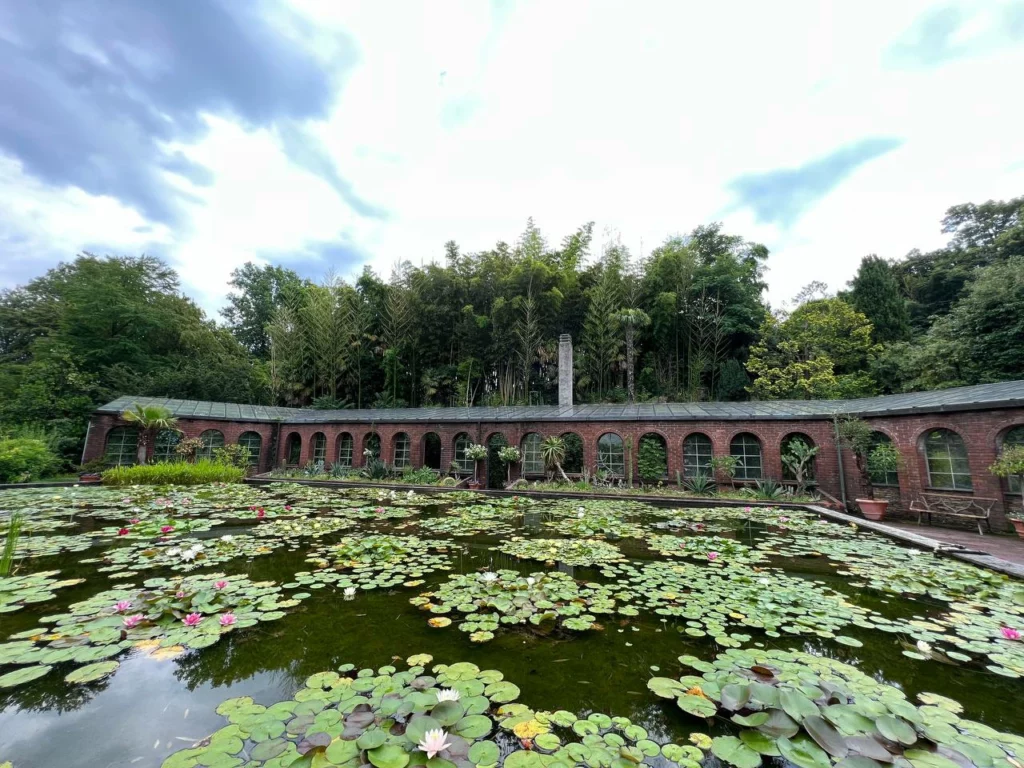
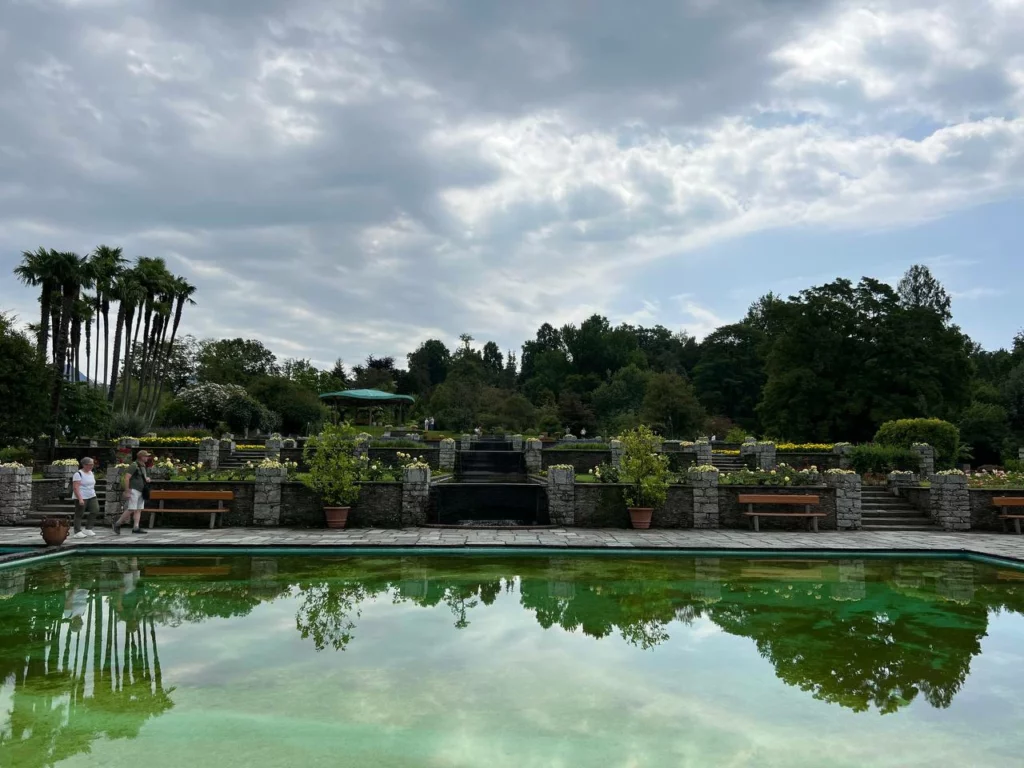
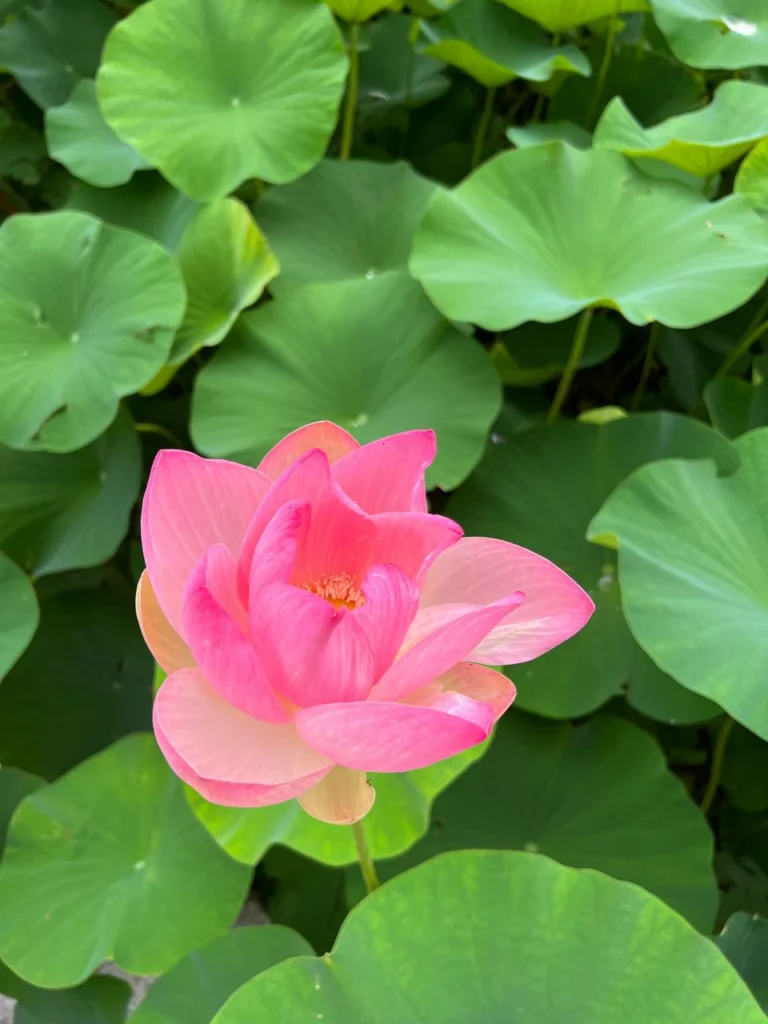
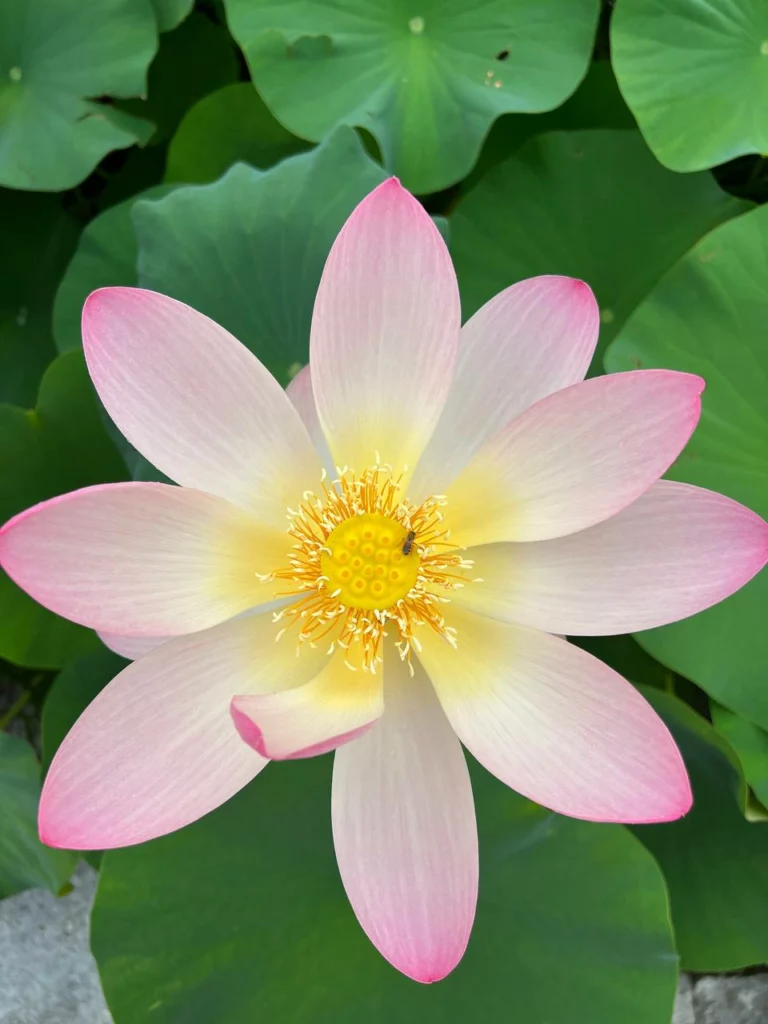



Intra
This is the largest city in the region, industrial and commercial center.
When we arrived in it by car from Switzerland, we didn’t understand at all that city is this, why Verbania was written on the map, and what Intra was for. It seems to be in some kind of suburb: a lot of cars are queuing for the ferry, unpresentable houses look at the busy road along the lake.

We had to wait for the ship and walked around and suddenly found the city. Narrow streets, from which you can see picturesque, very shabby (and therefore very natural) courtyards, lead up to the huge Cathedral of St. Vittore. The cathedral was built in the first half of the 18th century on the site of an ancient basilica.
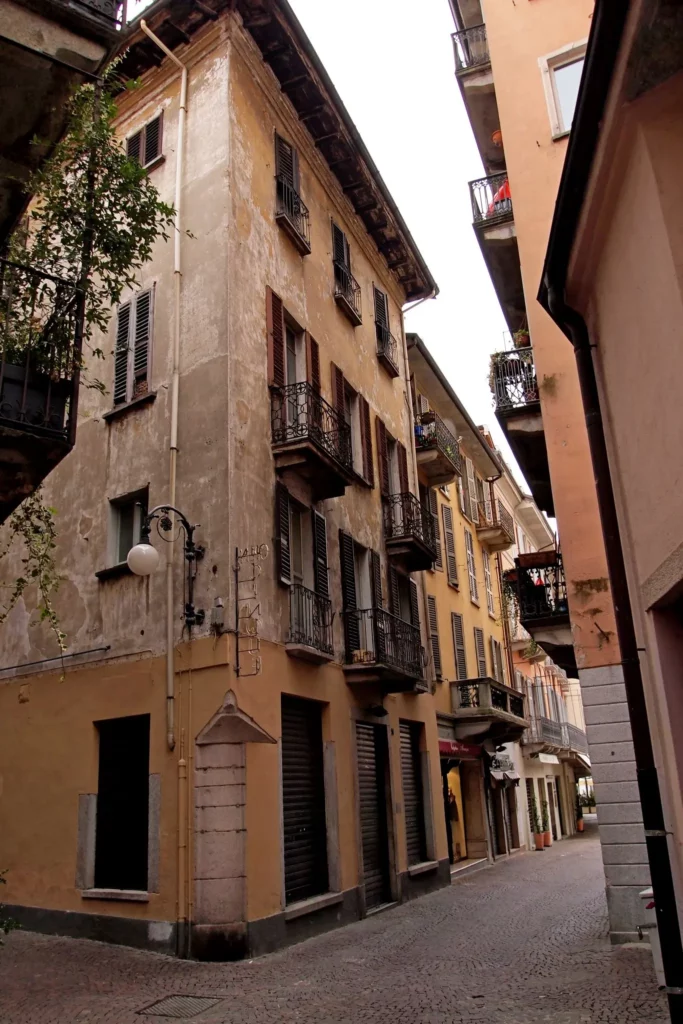


Laveno (10) and the monastery of St. Сaterina (9)
Laveno is a fairly large town, with two train stations and a ferry linking it to Intra. In the 19th and 20th centuries ceramics production developed here, but now it has practically disappeared, only the ceramics museum remains.
The main attraction of the city is the cable car to Mount Sasso del Ferro. The gondolas of the cable car have an original shape – in the form of baskets / buckets. Each one holds two people standing, one third of the baskets have a roof.
Laveno from the opposite bank. The cable car lifts to the right of two high mountains

9. Monastery of St. Caterinas (Santa Caterina del Sasso) – the next attraction on the east coast towards Angera.
According to legend, the monastery was founded by the merchant Alberto Besozzi (late 12th century), who, in a storm, decided in case of salvation to donate his fortune to the needy and live in poverty. The merchant escaped and built a chapel near the place where he reached the shore, and there he lived until his death as a hermit. During the next century, two more chapels were built and a small Dominican monastery was formed.
The full name del Sasso Ballaro (the dancing stones) was supposedly added after the monastery narrowly escaped destruction from a rockfall in 1640.
Fragments of frescoes from the 15th and 16th centuries can be seen in the monastery. But it deserves a visit mainly not for this, but for how picturesquely it clung to the rocks and what a view of the Borromean Gulf opens from there.
Cannero Riviera, Cannobio
In the northern part of the lake (from Verbania to the Swiss border) on the western shore there are two resort towns – Cannero Riviera and Cannobio.
How to get there
Cannero and Cannobio – west coast – bus 3 from Pallanza or from Intra (note – evening buses have restrictions on operating days) or water transport (also stops early).
Luino – east coast, train (from Locarno with transfer), water transport or bus from Laveno and Ponte Tresa (Lake Lugano).
Cannero Riviera (11) is a very quiet resort town known for its mild climate.
Its main attraction is two small islands with the ruins of the Castelli di Malpaga castle. Once (in the 12th-14th centuries) two castles were built here by the five robber brothers Mazzarditi. Legends ascribe to the brothers all sorts of outrages, because of which the Visconti were forced in 1414 to destroy the castles and expel the brothers. On the ruins Lodovico Borromeo built the castle of Vitaliano (at the beginning of the 16th century).
On one island, a part of the wall and a tower have been preserved, on the other, which was once connected with the first bridge, there are the ruins of a donjon.

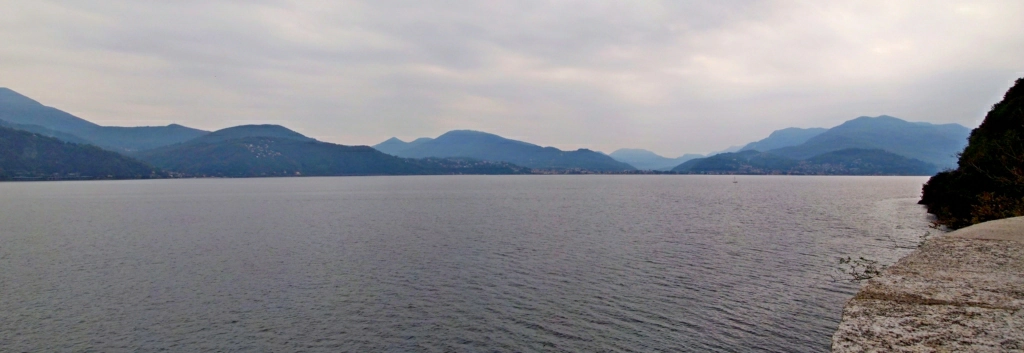
Between Cannero and Cannobio is the village of Carmine (12). Worthy of note is the medieval settlement of Carmine Superiore, which can be reached on foot from Cannero (approx. 1 h), Cannobio (approx. 1 h 50 min) or from below (20 min).
The village was founded at the end of the 10th century, when a fortress was built here by a noble family from Cannobio to protect the inhabitants of the surrounding villages in troubled times. In the 14th century the village prospered and a church dedicated to St. Gotthard. After the world wars, this prosperous village became depopulated, and only about 30 years ago again attracted attention with its medieval appearance. Most of the houses in it are now renovated and are used as summer apartments for tourists. Tourists are attracted by frescoes of the 15th-16th centuries in the church of St. Gotthard, wonderful views from the observation deck near the church.

Follow me
Cannobio (13) – the last city before the Swiss border on the west coast. Many ancient buildings have been preserved in the city, and its main attraction is the sanctuary of the first half of the 15th century (rebuilt in the 16th century), which houses the miraculous icon “Lamentation of Christ”.
Somewhat inland from the coast – a gorge and a waterfall
On the eastern shore, the main settlement in this part of the lake is Luino (14). The city is known for its large market, which is held on Wednesdays and is one of the attractions of the lake. In addition to the market, it is also worth visiting the church of St. Peter, where the fresco “Adoration of the Magi” is located, believed to be the work of Bernardino Luini. Just 12 km along the Tresa River connect Luino with Lake Lugano (bus runs).

Other attractions near the lake Maggiore
First of all it is necessary to name Orta San Giulio. The map shows this lake parallel to the lower part of Lake Maggiore.
You can get there by train (station one and a half – two kilometers from the center) or by bus from Stresa (runs 3 times a day).
Lake Orta is much smaller than Maggiore, it hides between the mountains, across the watershed from Stresa. It is more beautiful and intimate and much less visited. Of the cities, the most worthy is Orta San Giulio, this excursion is from the must-see series for holidaymakers on Maggiore.
The city has a stunning combination of an ancient lakeside city and a monastery on a nearby island. After exploring the town and visiting the island, you may also want to climb the Sacro Monte San Francesco. The pilgrimage trail leads up the hill, passing 21 chapels (built in the late 16th – late 18th centuries). Each chapel presents scenes from the life of St. Francis of Assisi.
If you want to go to the Alps, it is not necessary to go deep into Switzerland for this: from the Borromean Gulf you can make day trips: to Domodossola, and from there by bus either to the Toce cascade (Cascata del Toce) in the Formazzi valley, or to Macugnaga village at the foot of the Monte Rosa mountain range.
Finally, to keep the kids entertained, you can visit the Pombia safari park.
Lake Lugano and Lake Maggiore west shore attractions map
Centovalli Railway
Ticino attractions map. Locarno, Bellinzona and valleys
Ticino guest cards and public transport Ticino
Lake Lugano. 2. Lugano, Gandria, Melide, Carona
Lake Maggiore. Locarno and Ascona
Ascona / Locarno. 2. Island Brissago
Do you enjoy the site without cookies? This means that I work for you at my own expense.
Perhaps you would like to support my work here.
Or change your cookie settings here. I don’t use personalized ads

